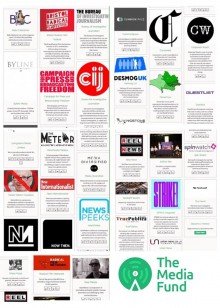As if getting to the bottom of some stories wasn’t hard enough already, the technology to produce fake video has advanced to the point where it could soon be commonplace.
We are used to arguments about fake photos. Examples from recent days include an image of Emma Gonzalez, a survivor of the Parkland massacre turned gun-reform campaigner, ripping up the US constitution (or not, as the case was). We also saw the alleged Newsnight doctoring of Jeremy Corbyn’s hat to make it look more Russian for an image of him in front of The Kremlin.
With the BBC denying the charges, much time and many articles across establishment, independent and social media were plowed into the spat.
Now the power and distraction of disinformation is set to ramp up with the rise of fake videos, sometimes known as “deep fakes.” This recent editorial on the issue in The Hill cautions that the adage “seeing is believing” risks becoming even more redundant.
Last year, The University of Washington made a faked, AI-produced, sample of an Obama speech as a demonstration, warning of what seems likely to come.
The intention and fakery, in this case, were benign, but late last year this video of a young girl telling Trump he was a “disgrace to the world” went viral.
It’s not hard to imagine where this could be heading. Remember the weeks of fuss about Corbyn sitting on the floor of a Virgin train when it was alleged there were seats available? Imagine if a video was produced of him questioning the holocaust.
There’s already a tendency for all sectors of the media, especially social media, to spend huge effort arguing back and forth over alleged fake news, at least until the next controversy springs up a couple of days down the line. We may take sides or never be really sure of the truth, but what may matter from a propaganda perspective is the impression that’s left in peoples’ minds regardless of mere facts.
How much worse this is likely to get when video is routinely faked, and what independent media can do to discern fact from fiction without getting bogged down in those endless wrangles, remains to be seen.
Stephen Durrant







